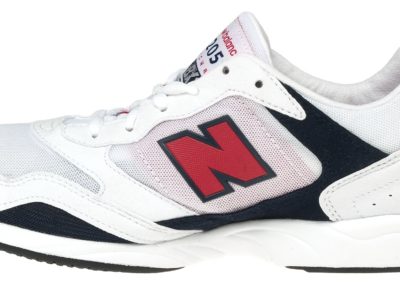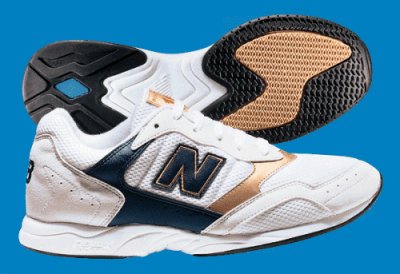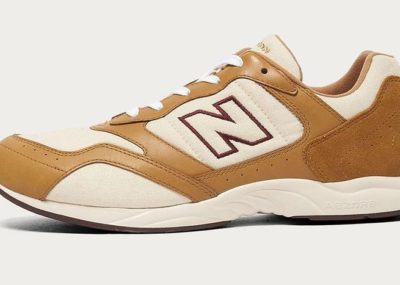24-Oct-1999 – Chicago Marathon – 2:05:42 – New Balance RC110
Date of birth: 12-Sep-1971
Nationality: Moroccan (at the time)
World Record Duration: 2 years, 5 months, 21 days
The athlete:
Khalid Khannouchi emigrated from Morocco to the United States of America in 1993, marrying in 1996. Due to bureaucratic delays, come 1999 Khannouchi was still waiting for his citizenship. This put him in a difficult position for the 2000 Olympics, as he wanted to compete for his adoptive country. More than that, the American team desperately needed someone of his talent.
He had burst onto the scene in 1997, winning the Chicago Marathon in 2:07:10. This was the fastest debut in the history of the marathon, and the fourth fastest time ever ran. To qualify for the 2000 Olympics, runners needed to have run in under 2:14. There was only one other American runner who had got below this mark, and they were nowhere near as fast as Khannouchi.
Organisers for the 1999 Chicago Marathon wanted to give competitors the best chance to break the world record. There were pacers, who ran quick half-marathons before pulling out. Ahead of them was a pace car displaying the race time and finish pace. The weather was not ideal for Khannouchi, who recounted that he made sure to stay relaxed as the race progressed.
The strategy paid off handsomely, Khannouchi lowering the benchmark by nearly half a minute from Ronaldo Da Costa. Although he got his citizenship, an ankle injury at the 2000 London Marathon prevented him from participating in the Olympic marathon trials. Although not Olympic gold, he would have his redemption soon.
The shoes:
The runners he wore were first known as the COMP 800, released in Japan in 1996. They were brought to America the next year and were renamed the RC110. The shoe used two different types of foam to compensate for their low stack height.
Most of the midsole was made with foam called Acteva, developed by chemicals company DuPont. They boasted that it was 12% lighter than other foams available at the time. At the heel was Abzorb, which is New Balance’s proprietary foam which it also developed with DuPont.
Abzorb foam is designed to resist compression, which means it can provide greater cushion and durability compared with normal EVA foams. As a result the RC110 weighed in at 220 grams, which was quite svelte at the time. New Balance’s latest racer, the RC Elite, weighs 207 grams despite being equipped with a carbon-fibre plate and higher stack height.
New Balance also wanted to honour Khannouchi’s achievement, so they renamed the RC110 again to give the world the RC205WR. It was still an uncompromising racing flat, and was produced for many years. New Balance have however brought back the RC205WR recently as a casual option. Some colourways are rarer than others, including some limited releases with Japanese fashion labels. Unfortunately the options don’t include the simple combination of white and black with a red N that Khannouchi wore to such devastating effect.
As a bonus, I did find an obscure RC110 colourway available at the time, which to me would look quite good on the RC205WR. It also clearly shoes that apart from the model name, the RC205WR is identical to the RC110.
References:
https://en.wikipedia.org/wiki/Khalid_Khannouchi
https://www.nytimes.com/1999/10/25/sports/marathon-khannouchi-sets-world-record-in-only-his-third-marathon.html
https://www.podiumrunner.com/events/flashback-to-the-1999-chicago-marathon/
https://www.runnersworld.com/uk/gear/shoes/a761207/full-review-new-balance-rc205-pound55/


